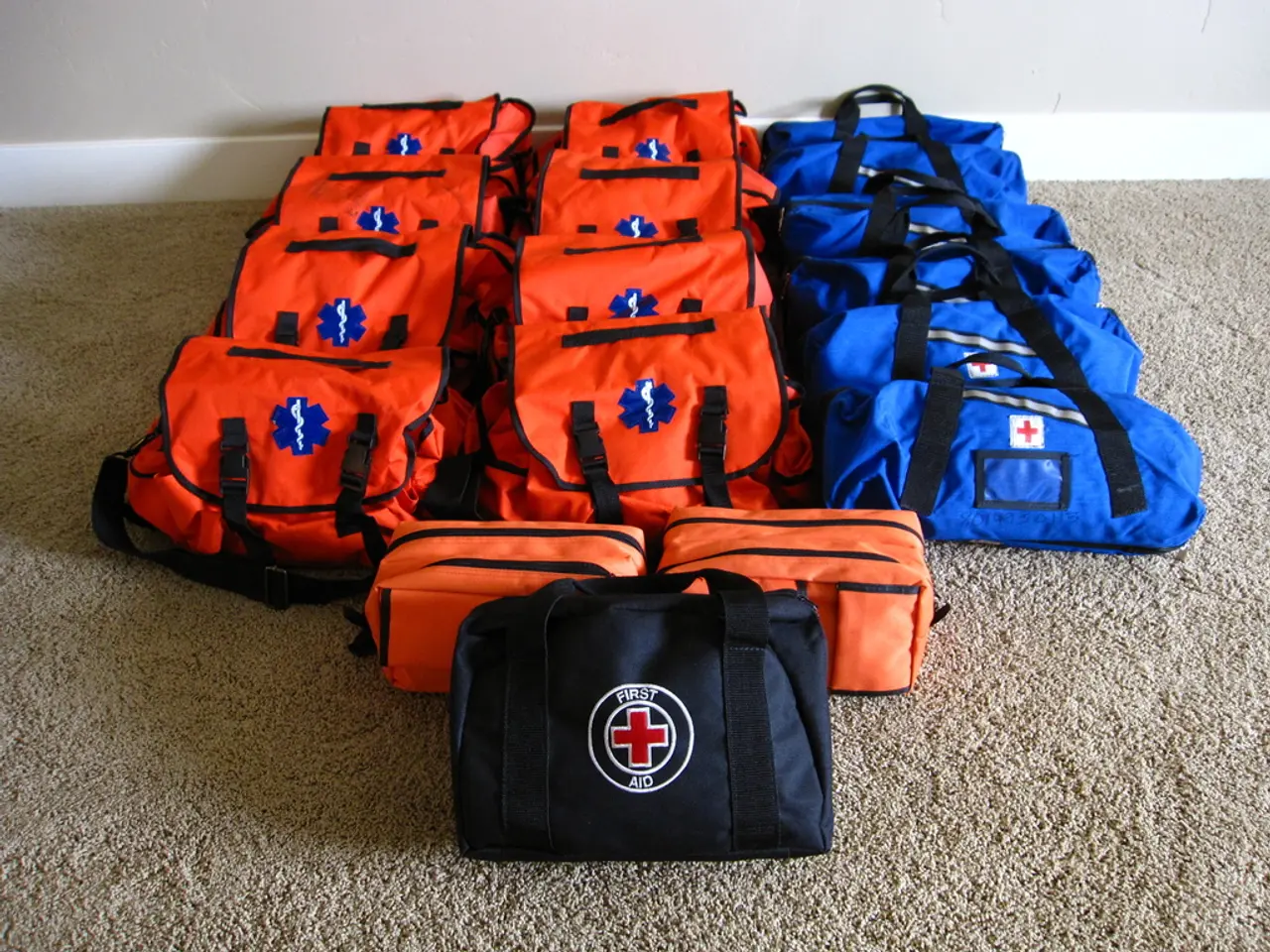Diagnostic Tests for Cystic Fibrosis: Variants and Outcomes
Cystic Fibrosis (CF) is a genetic disease that primarily affects the lungs, digestive system, and other organs. In the United States, newborns undergo screening for CF in the first few days of their lives to diagnose the condition early.
The newborn screening test is a simple procedure that involves taking a small blood sample or prick from the baby's heel. This test checks for the most common gene mutations associated with CF, and it can determine whether the infant is a carrier, even if they do not appear to have the condition.
However, a positive result from the newborn screening test does not confirm a diagnosis. Further tests, such as the sweat chloride test, clinical evaluation, and in some cases, carrier testing, are necessary to confirm a diagnosis.
The sweat chloride test is considered the most reliable diagnostic method for CF. Doctors assess the amount of chloride in sweat to diagnose CF. Levels greater than or equal to 60 millimoles per liter (mmol/L) mean CF is likely. The sweat test involves applying a chemical and electrical stimulation to a small area of the arm or leg, collecting sweat, and sending it to a laboratory for analysis.
Clinical evaluation involves assessing a person's vitals and symptoms of the disease, such as wheezing, shortness of breath, chronic sinus infections, and exocrine pancreatic insufficiency. Blood, saliva, and cell samples from inside the cheek can also help determine whether someone carries the faulty gene that causes CF.
People with only one copy of a CFTR gene mutation are referred to as lCF carriers and do not have CF. Carrier testing, or genetic testing, helps in the diagnosis of CF and family planning decisions. It checks for the gene mutations that cause CF, but this test cannot determine whether someone will have the condition.
In some U.S. states, immunoreactive trypsinogen (IRT) levels are used as part of the newborn screening for cystic fibrosis. The screening test checks the levels of a chemical made by the pancreas called immunoreactive trypsinogen (IRT). High levels of IRT in babies with CF can indicate the condition, but other factors such as premature birth can also cause high IRT levels.
If a child has a positive result on their newborn screening and a sweat test of 30-59 mmol/L, additional testing with a CF specialist is recommended. The Cystic Fibrosis Foundation in the United States recommends the use of a floating IRT cutoff rather than a fixed value.
It's important to note that individuals with CF tend to have more chloride in their sweat, leading to symptoms such as chronic cough and other health issues. Diagnosing CF involves a comprehensive approach, combining the results of the newborn screening test, the sweat chloride test, clinical evaluation, and in some cases, carrier testing.
In conclusion, early diagnosis and proper management are crucial in managing CF. The advancements in newborn screening and diagnostic tests have significantly improved the prognosis for individuals with CF, making it essential for newborns to undergo screening in the first few days of their lives.







